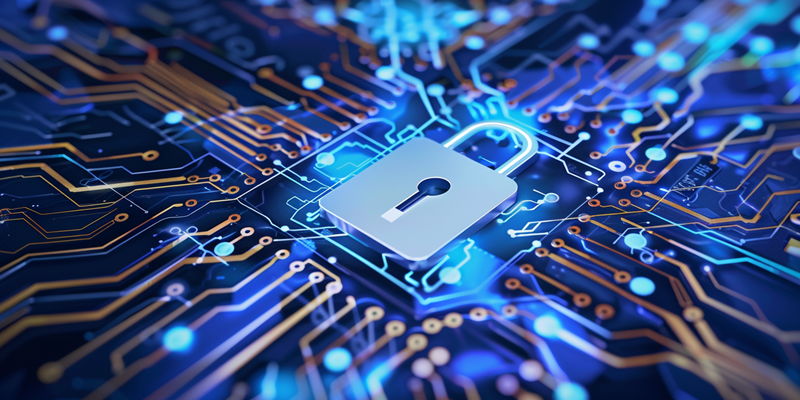In a groundbreaking move, the United States Navy has announced its intention to venture beyond the secure walls of national defense with its cutting-edge cybersecurity technology. Among its arsenal of developments, the Navy has designed a proprietary blockchain system known as “PARANOID” – an innovative tool envisioned to enhance cybersecurity measures in the critical realm of software development and deployment. This endeavor, encapsulated in their Cooperative Research and Development Agreement (CRADA), represents an ambitious push to merge military-grade security with private sector expertise.
Protecting Software Lifecycles with Advanced Tech
PARANOID, or Powerful Authentication Regime Applicable to Naval Operational Integrated Development, is the Navy’s response to the increasing threats in the digital world. By leveraging blockchain technology, which functions as an immutable ledger documenting verified activities across a vast network, PARANOID guarantees the safeguarding of avionics software. It meticulously records every change, ensuring that no unauthorized alterations, deletions, or code replacements slip through the cracks. Originally devised by the Naval Air Warfare Center’s Aircraft Division (NAWCAD) in Lakehurst, New Jersey, to secure Navy avionics, it wasn’t long before the immense potential of PARANOID for broader applications became evident.
With cybersecurity posing an ever-present challenge, PARANOID emerged as a beacon of resilience in an environment fraught with vulnerabilities. Its implementation is crucial in creating a fortress around the software supply chain, deterring potential cyber assailants with blockchain’s robust verification processes. The military’s proprietary technology not only promises to staunch the flow of threats but also represents a paradigm shift in how sensitive software is protected through its development and deployment lifecycle.
A Watershed Moment for Military-Private Collaboration
In an unprecedented move, the U.S. Navy is set to extend the reach of its advanced cybersecurity capabilities. This strategic initiative involves the development of a bespoke blockchain system, PARANOID. The system is designed to fortify cyber defense strategies within the essential sphere of software development and distribution. Through the Navy’s Cooperative Research and Development Agreement (CRADA), they aim to fuse staunch military cyber defenses with the ingenuity of private sector technology. This significant leap reflects the Navy’s proactive stance in establishing a resilient cyber infrastructure capable of withstanding emerging digital threats. By pairing its robust cybersecurity framework with the dynamism seen in private sector advancements, the Navy is navigating uncharted waters, thus bolstering the nation’s overall cybersecurity posture.

